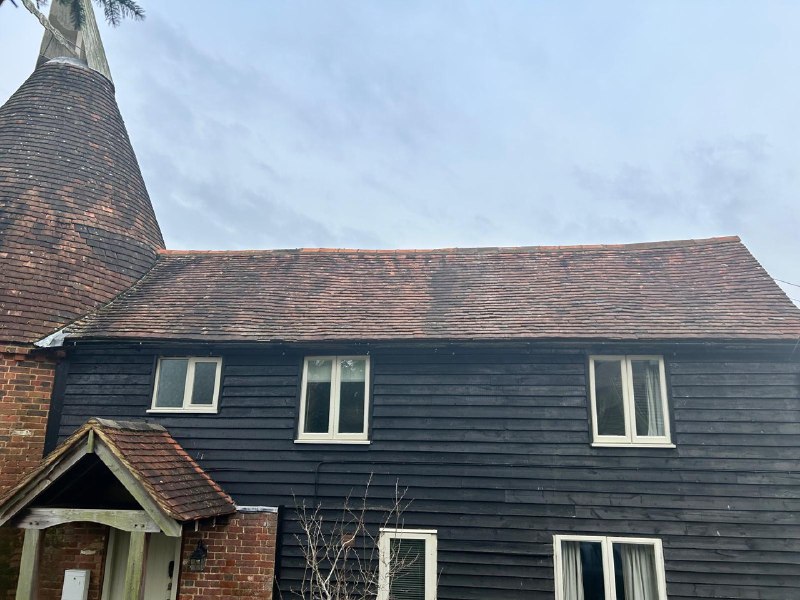How to Spot Potential Slipped Tiles During a Home Inspection
Introduction: A well-maintained roof is essential for protecting your home from the elements and ensuring its structural integrity. One common issue that homeowners may encounter is slipped or displaced roof tiles, which can lead to water leaks, roof damage, and other costly problems if left unaddressed. In this blog post, we’ll discuss spotting potential slipped tiles during a home inspection, allowing you to identify and address issues before they escalate.
- Conduct a Visual Inspection:
- Begin by visually inspecting your roof from the ground, looking for any signs of misaligned or displaced tiles. Use binoculars if necessary to get a closer look at the roof surface. Pay attention to areas where tiles may be more susceptible to slipping, such as near roof edges, valleys, or areas with heavy foot traffic.
- Look for Misaligned Tiles:
- Misaligned tyres are a telltale sign of potential slipping or displacement. Check for tiles that are not flush with neighbouring tiles or appear to be shifted out of place. Look for gaps between tiles or irregularities in the roof pattern that may indicate tiles have moved from their original position.
- Check for Loose or Missing Tiles:
- Loose or missing tiles are a clear indication that your roof may have underlying issues. Walk around the perimeter of your home and inspect the roof surface for any tiles that are visibly loose, cracked, or completely missing. These areas are particularly susceptible to water infiltration and should be addressed promptly.
- Inspect the Roof from Inside:
- Take a closer look at your roof from inside your home, particularly in the attic or ceiling space. Look for signs of water stains, mould, or moisture damage, which may indicate a leak caused by slipped tiles. Use a flashlight to inspect hard-to-reach areas and focus on areas where daylight is visible through the roof.
- Check for Debris Buildup:
- Debris buildup on your roof, such as leaves, branches, or other organic matter, can exert pressure on the roof surface and cause slipped tiles. Clear debris from your roof regularly to prevent potential issues and make it easier to spot slipped tiles during inspections.
- Consider Hiring a Professional Inspector:
- If you’re unsure about the condition of your roof or suspect that slipped tiles may be present, consider hiring a professional roofing inspector to conduct a thorough assessment. A trained inspector can identify potential issues that may not be immediately apparent to the untrained eye and recommend repairs or maintenance.
Conclusion: Spotting potential slipped tiles during a home inspection is essential for maintaining the integrity and longevity of your roof. By conducting visual inspections, checking for misaligned or loose tiles, inspecting the roof from inside your home, and clearing away debris regularly, you can identify and address issues before they escalate into more significant problems.
Call us on: 01405 808 195
Click here to find out more about LKP Roofing Thorne
Click here to complete our contact form and see how we can help with your roofing needs.

